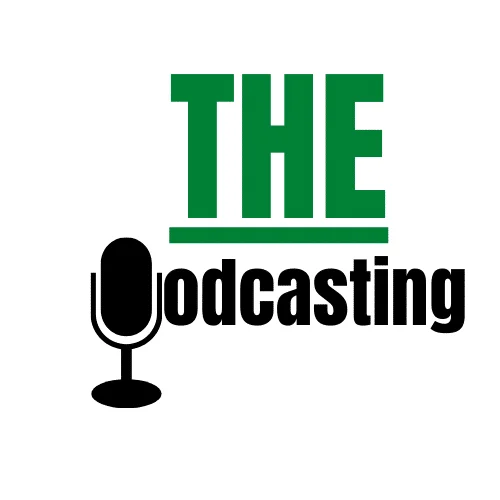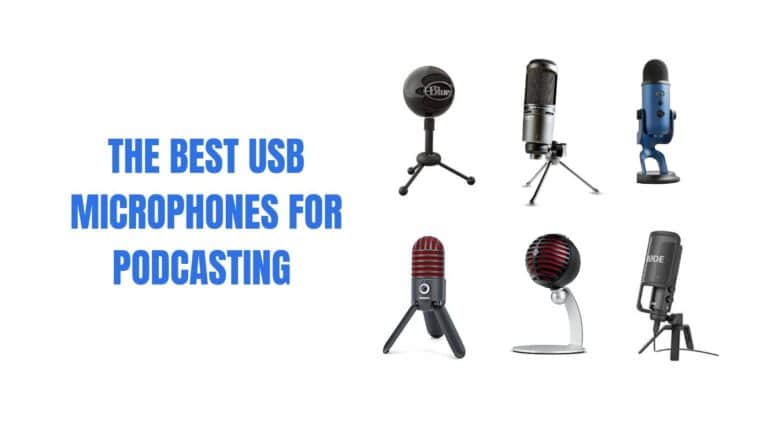Recording high-quality audio is an essential part of producing a successful podcast. Your listeners expect clear and crisp audio, and if your audio quality is poor, they may tune out before getting to the substance of your content. As a podcaster, it’s important to prioritize audio quality, and there are several steps you can take to improve it. In this article, we’ll provide tips and techniques to help you record high-quality audio and enhance the sound quality of your podcast. From choosing the right microphone to editing and exporting your audio, we’ll cover everything you need to know to ensure that your podcast sounds its best. So, whether you’re a beginner or an experienced podcaster, read on to learn how to take your audio quality to the next level.
What do you need for high-quality recordings?
To achieve high-quality recordings, you’ll need the following:
- A high-quality microphone: The microphone is the most important component of your recording setup. A good microphone can capture your voice or instrument with clarity and detail, while a poor-quality microphone can make your recording sound muffled and distorted.
- A recording device: This can be a computer, a digital recorder, or a smartphone with a recording app. You need a reliable device that can record and save your audio files in a high-quality format.
- A quiet recording environment: Recording in a quiet environment is crucial for capturing clear audio. Avoid recording in noisy places or places with lots of echoes, as this can affect the quality of your recording.
- Headphones: Headphones are useful for monitoring your recording in real-time, which allows you to detect any background noise or technical issues before they ruin your recording.
- Pop filter: A pop filter helps to reduce plosive sounds caused by “P” and “B” sounds, which can be unpleasant to listen to.
- Audio editing software: You’ll need software to edit your audio files and remove any unwanted background noise or mistakes.
- Exporting your audio files in a high-quality format: When you’re finished editing your audio, you’ll need to export it in a high-quality format like WAV or FLAC. This will ensure that your podcast sounds great when it’s played on any device or platform.
By having these components, you can record high-quality audio that is clear, crisp, and engaging for your listeners.
The recommended audio recording quality for podcasting is a minimum of 44.1kHz sample rate and 16-bit depth, in either mono or stereo. This is the standard for CD-quality audio, and it’s also commonly used in digital audio production.


